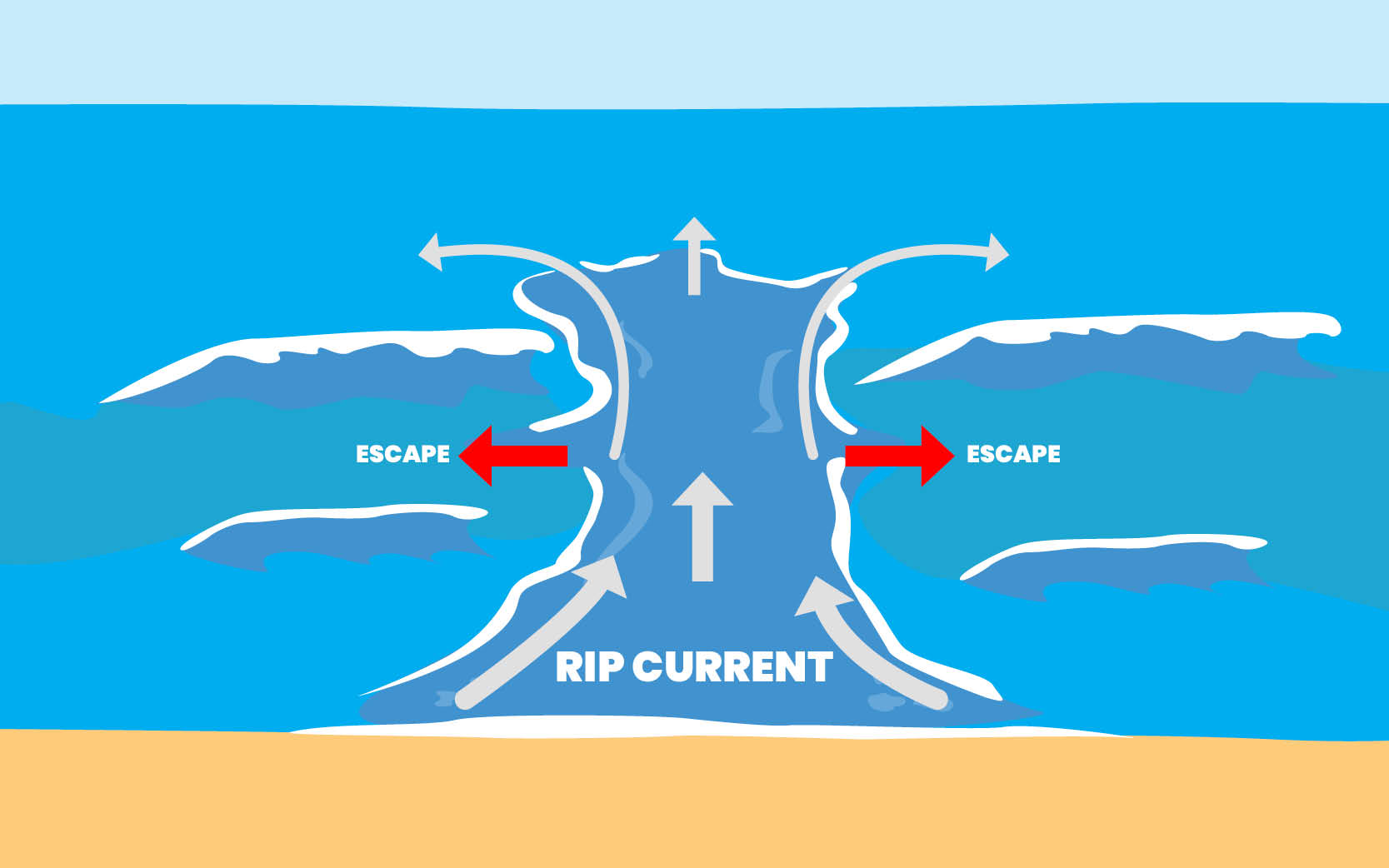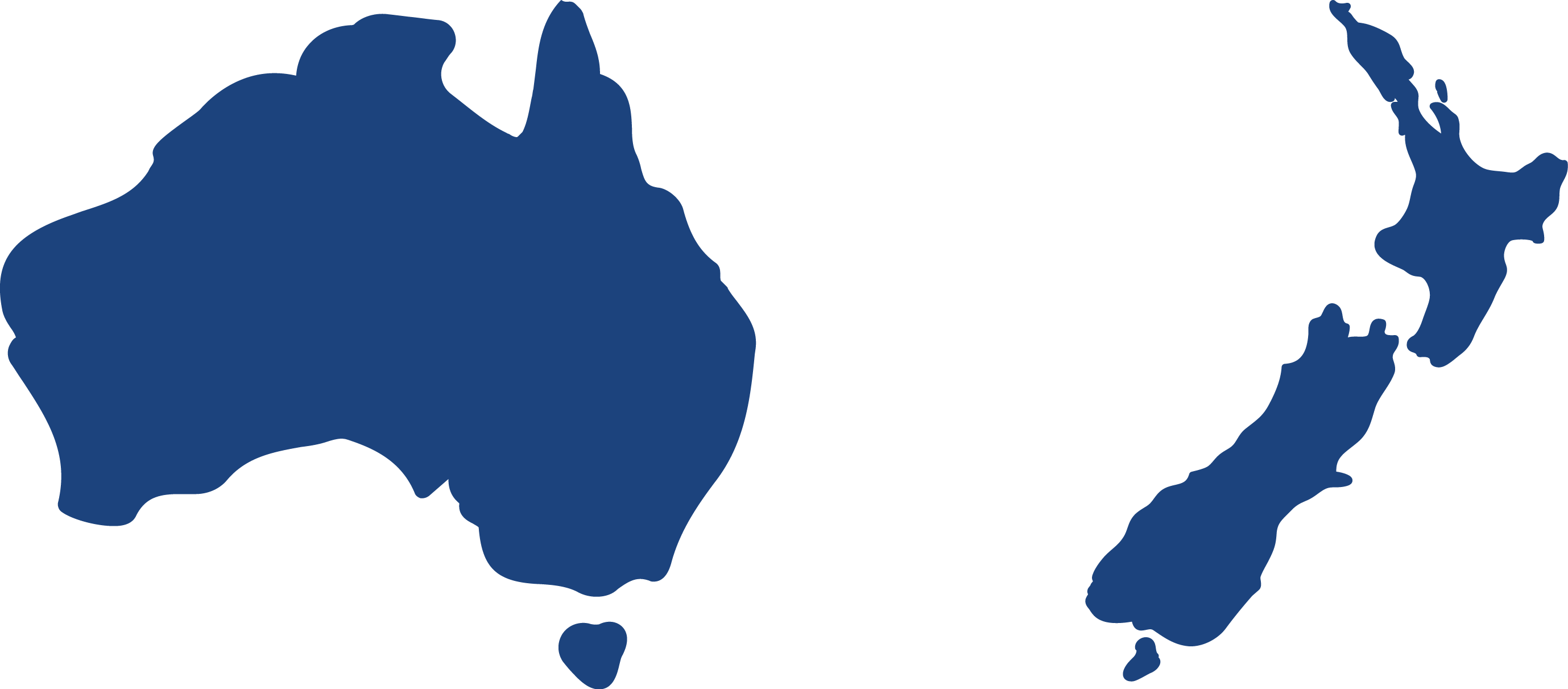The National Coastal and Water Safety Survey helps us better understand how New Zealanders interact with open water – whether at the beach, lake, or river.
The online survey gathers insights from more than 1,000 people aged 16 and over, exploring their abilities, behaviours, and attitudes around coastal and open-water safety.
The survey measures:
- Confidence and competence in swimming and floating
- Awareness of hazards and risks in open water
- Perceptions of personal safety and decision-making
By identifying gaps in knowledge, skills, and behaviour, this research supports more effective, data-driven efforts to reduce drowning and keep people safe in, on, and around the water.



